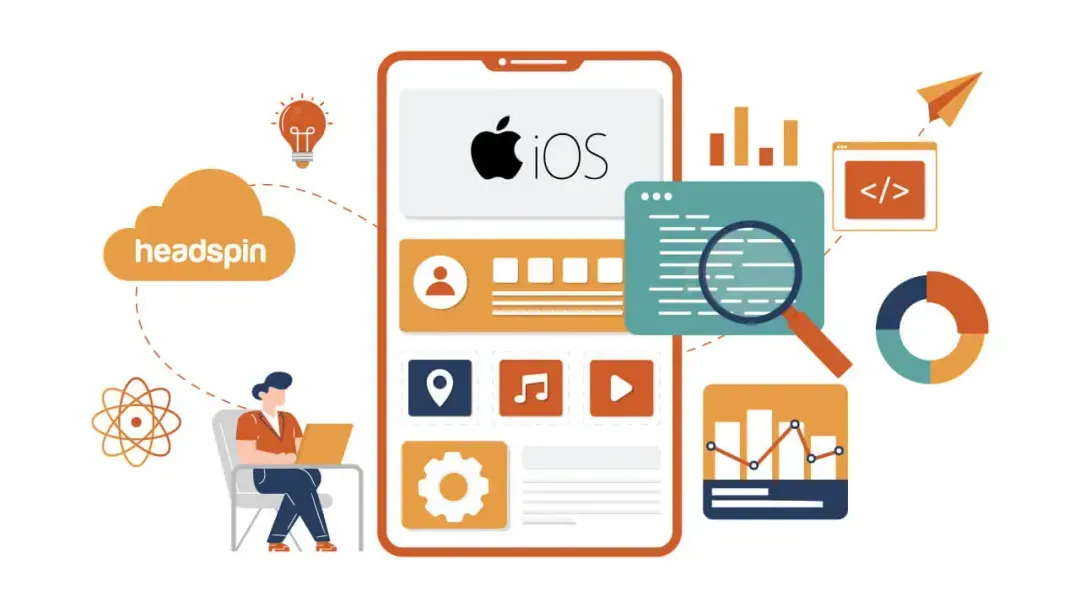Introduction
Testing on actual iOS devices is crucial for the development of high-quality iOS applications. By using real devices, developers can access device-specific features, ensure compatibility across different models and iOS versions, and guarantee a smooth user experience. However, real-device testing presents its own set of challenges, such as device fragmentation and hardware limitations. This comprehensive guide will explore the world of real-device testing for iOS apps, including its benefits, common pitfalls, and practical strategies for overcoming these challenges.
Benefits of Real Device Testing
Real device testing has many advantages that can enhance the quality and compatibility of iOS apps. It permits developers to interact with device-specific functionalities, like the camera, microphone, and GPS, which may not be fully emulated in simulators. By testing on actual devices, developers can verify that these features operate as expected in a real-world context, leading to a more thorough evaluation of the app’s functionality.
Moreover, real-device testing allows developers to verify their apps across a range of hardware and software configurations, ensuring broad compatibility. Proactive detection and resolution of any issues can lead to a more seamless user experience. This is crucial given the diversity of iOS devices and the rapid release of new iOS versions.
Common Testing Challenges
The iOS ecosystem is comprised of a multitude of devices, each with its own distinct specifications, screen sizes, and hardware capabilities. This diversity can complicate the task of ensuring that an application operates seamlessly across all devices. For example, an app that heavily depends on the latest camera features may not operate optimally on older devices with more limited camera functionalities.
The physical limitations of real devices also present challenges. Memory, battery, and CPU limitations can affect how an app performs. For example, an app with high-quality graphics or complex computations may not run as expected on a low-end device. The operation of real devices can be impacted by environmental factors, like temperature changes and network issues. These factors can lead to unexpected behaviors and affect the reliability of an app.
A comprehensive testing strategy that includes both simulators and real devices can help developers overcome these challenges. Simulators can be used to create a controlled environment for testing, allowing developers to quickly isolate and address specific issues. Real device testing is still important, however, to validate the overall user experience and ensure compatibility across a wide range of devices and real-world conditions.
Setting Up Real Devices for Testing
Understanding the importance of testing iOS apps on real devices, we now explore setting up a practical testing environment. The first crucial step involves selecting a suitable device or simulator that aligns with the required features and capabilities, such as specific sensors or the latest iOS version. For physical devices, ensure they run the most recent iOS to support the app’s intended functionalities and audience.
Next, activate developer mode on the device to install and run test builds, typically through the Settings app under Developer options. Following this, create and install a provisioning profile linking your Apple Developer account to the device using tools like Xcode or the Apple Developer Portal.
Finally, install necessary testing tools and frameworks like Xcode, XCTest, Appium, and UI Automation to enhance and automate the testing process, ensuring a robust environment for app development and testing.
Tips and Best Practices
Here are some tips and best practices to help you overcome the challenges of real device test iOS apps on real devices for iOS apps:
- Prioritize testing on the most popular devices: The iOS ecosystem encompasses a variety of devices, each with distinct hardware and software configurations. To optimize testing resources, it is advisable to prioritize the most widely used devices. This kind of approach aids in the detection and resolution of issues that are more likely to be encountered by a larger user base.
- Automate tests: The automation of tests can yield time and resource savings, while simultaneously enhancing the quality of testing. A plethora of tools is available for automating iOS tests, enabling teams to select the most suitable option.
- Employ a dependable device management tool: The management of a large number of real devices for testing can be cumbersome. A dependable device management tool can assist in device tracking, app installation and updates, and test execution.
- Keeping abreast of the latest iOS updates: Apple frequently issues updates to its iOS, which may inadvertently introduce new bugs or compatibility issues. To ensure the proper functionality of an app, developers must regularly update their iOS and conduct tests on real devices.
By adhering to these guidelines, one can optimize the real device testing process and enhance the likelihood of iOS app success.
Bottom Line
Providing a perfect user experience is of the utmost importance while developing an iOS app. Real device testing is a key part of this, as it allows developers to catch issues that might not be apparent in a simulated environment.
Moreover, employing an AI-driven platform such as HeadSpin can further enhance the testing process, allowing teams to produce high-quality software with increased efficiency. By embracing real device testing and selecting the appropriate tools, developers are better equipped to create exceptional iOS applications that surpass user expectations and contribute to business success.



